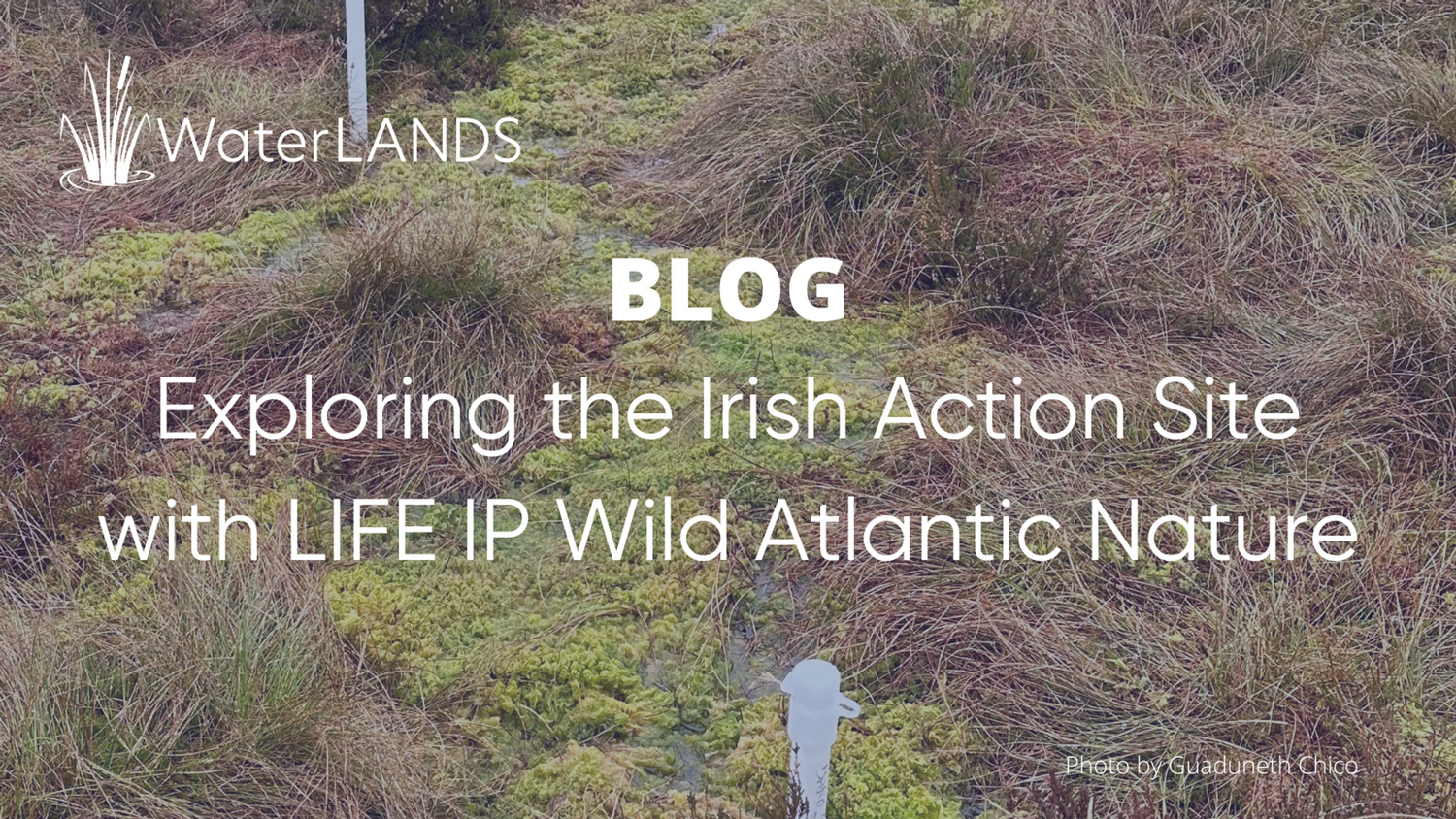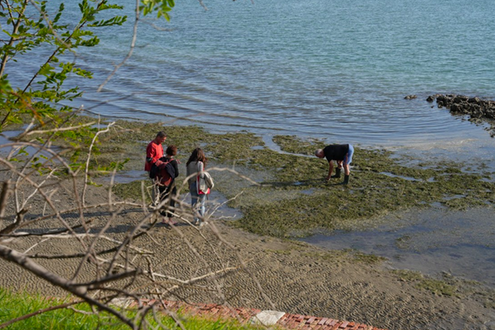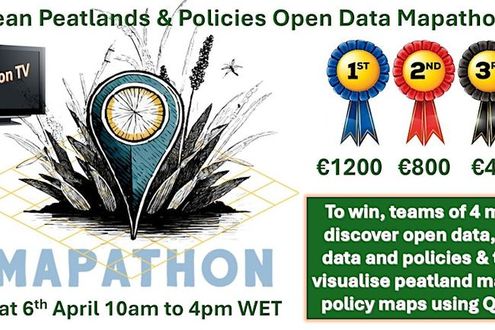Last March, LIFE IP Wild Atlantic Nature started the monitoring programme at the WaterLANDS Action Site in Ireland. The programme, funded by WaterLANDS and Shared Island Initiative aims to monitor restoration actions across the Cuilcach-Anierin Uplands Special Area of Conservation (SAC) and report on the efficacy of restoration actions on blanket bogs. Guaduneth Chico, the WaterLANDS Irish Action Site Coordinator, provides some insights here into the restoration and monitoring actions ongoing at the Cuilcagh-Anierin site.
By monitoring blanket bogs, we gain valuable insights into their condition, enabling us to propose effective solutions for their improvement. These solutions can improve agri-environmental policy payments by positively impacting ecological and hydrological integrity. Removing invasive species (e.g. conifers) or reducing exposed peat areas across the Action Site will help to improve the quality of the bogs. Through WaterLANDS, we provide financial support to facilitate these restoration actions, ensuring the preservation of your bogs.
The monitoring programme includes three main aspects; biodiversity, hydrology and carbon regulation. To understand vegetation changes and assess the condition of your blanket bogs, WaterLANDS Ireland has established a significant number of vegetation survey plots across the SAC. A total of 75 survey plots measuring 4 by 4 metres have been designated across 6 sites to examine the vegetation composition and structure. We plan to conduct these surveys annually to track changes.
Measuring the groundwater level is a crucial parameter in assessing your blanket bog condition. In degraded bogs, groundwater levels are typically deep, particularly in areas where drains draw water from the bog and subsequently release greenhouse gases into the atmosphere. Additionally, degraded bogs lead to high concentrations of Dissolved Organic Carbon (DOC) in the water, resulting in a decrease in water quality. However, through bog restoration, we can improve the water levels and reduce the carbon in the water. The Irish Action Site has a total of 50 water loggers to monitor water levels and we will track 7 streams across the SAC to assess DOC concentrations. In addition, three meteostations have been installed in the Action Site to measure rainfall, air temperature, humidity and wind direction and speed. Following restoration, our goal is to increase the water levels to at least -20 cm below the bog surface to reduce greenhouse gases emissions.
Finally, given that blanket bogs are the largest terrestrial carbon store globally, it is important to improve their quality and retain the carbon within the ground. In WaterLANDS, we are monitoring greenhouse gas emissions in two sites and we are aiming to reduce the soil carbon loss by restoring exposed peat areas. We are also estimating erosion rates and carbon loss in collaboration with higher education institutions.
Text by Guaduneth Chico, WaterLANDS Irish Action Site Coordinator in conjuction with LIFE IP Wild Atlantic Nature


